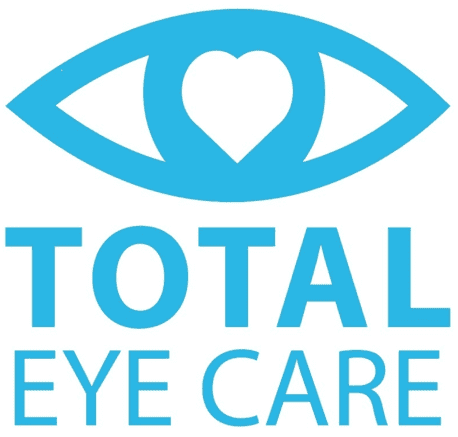ASK A DOCTORS
FAQ
Typical questions cataract patients ask
No. Discomfort is minimal. You are given numbing drops and medications to help you relax.
As with any surgical procedure, there are risks. We will carefully explain the potential risks and benefits prior to any procedure.
No. Since this procedure does not take long, general anesthesia is unnecessary. Instead, we will use a local or topical anesthetic to numb your eye and you will remain awake during the procedure. In most cases, “twilight sleep” is induced by an anesthesiologist to make you more relaxed.
Dr. Ahmed or Dr. Nagpal will perform the procedure. There will be a technician and nurse in the room to assist.
Cataract surgery is done in one eye at a time. Surgery is typically performed on the second eye two or three weeks following the first.
You will spend only a few hours at the surgery center, and will go home the very same day.
Every patient and every eye is different, but typically you will see well enough to drive the next day after surgery.
Typically, you’ll be able to resume normal basic activities by the next day. You should avoid heavy lifting or bending below the waist for 1 week. We will advise you on what is best for you.
Your ability to drive at night will be much enhanced.
In the clinical trials, 9 out of 10 patients receiving multifocal lenses reported NEVER having to wear glasses for distance, intermediate or near tasks after surgery. (Note that while patients receiving monofocal lenses no longer need glasses for distance viewing, most still will need glasses for intermediate or near vision.)
No. Once a cataract has been removed it cannot return. However, over time, some patients may complain that their vision has once again become cloudy. This condition, which may occur with any type of IOL, is known as a capsular opacification or “PCO”. This cloudiness can be easily treated by a simple laser procedure.
Although this would be unlikely, an IOL can be replaced with a different one if needed. However, there are additional risks associated with IOL removal and replacement.
Every patient is different, so be sure to ask our doctors about proper care of your eye after the procedure. In general, please refrain from rubbing your eye and engaging in any strenuous activity, including swimming, for a few weeks after surgery.
Questions about LASIK.
The answer is YES and NO. Greater than 99% of my patients do not need glasses to pass a drivers license test. At some point after the age of 40, however, all of us will need glasses to read.
Depending on the type of soft contact lens that you wear, you will have to stop wearing them for a period as short as one or two weeks. Rigid gas permeable contact lens wearers need to stop wearing them for a minimum of two weeks. In all cases, I will not proceed until I am sure that your corneal and visual measurements are stable. The information that is entered into the laser computer is dependent on the absolute accuracy of these reading.
Excimer laser surgery has been performed since the 1980s. Long-term results show that this surgery is stable and that the health of the eye is not jeopardized.
LASIK is virtually painless. During the procedure I administer topical anesthetic eyedrops to numb the eye. After the procedure and when the effect of the drops wears off, you will experience a slight dry feeling. You are given a pair of dark sunglasses to wear and I recommend that you relax and keep your eyes closed for three hours after the procedure to minimize further discomfort.
Your eye is kept open by an eyelid retractor. Three video cameras monitor your eye movement throughout the treatment. Should you accidentally move, the laser will automatically shut off. When it is safe to resume, the laser reactivates and the treatment continues.
The laser beam is an invisible ultraviolet light that is applied to your eye for anywhere from between five to 60 seconds. All you are required to do is look at a flashing light. There is no pain or discomfort.
Immediately following the procedure, you should keep your eyes closed (take a nap) for three hours. Use medicated eye drops as prescribed. You should protect your eyes from rubbing, poking and scratching. You should also avoid contact sports and swimming for two to three weeks. Post-operative visits are scheduled within the first 24 to 48 hours following your surgery – and again the following week.
Some patients report minor fluctuations in their vision usually associated with mild dryness. I have all my patients use artificial tears (eyedrops) for three to four weeks.
Your eyes will look exactly the same. With LASIK there are extremely faint scars on the cornea that can only be seen with magnification.
Approximately 5% of my patients return for a touch up. I do this when I believe I can safely and substantially improve the final visual result. This is performed at no charge during the first year. The national average for touch-ups is approximately 15-20%.
QUICK CONTACT
NEWSLETTERS
Click below to open our newsletters
October 2011
July 2011
November – December 2010
September 2010
July 2010
May 2010
March 2010
January 2010
- If you Have Any Questions Call Us On 847-541-3334
